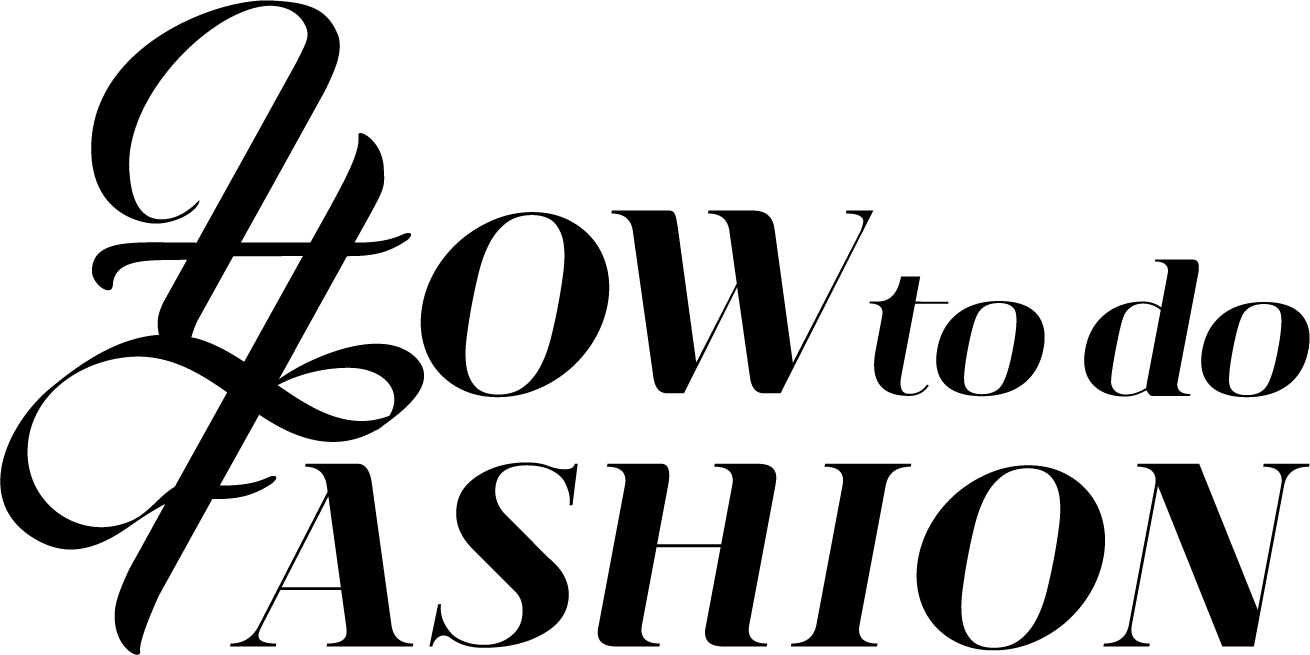You will need:
Fabric width 140 cm
XS-XL 1.5 m
2XL-4XL 2.5m
Thread
Cotton yarn/cord to turn sew the tie band.
The ribbon blouse - Version 2
T-shirt with a wrinkel-effeckt and an asymetric neckline
Fabric choice:
This pattern fits knitted fabric and will not work with woven materials. You can use many types of jersey fabrics, bamboo, viscose, wool, silk and many more.
Find Your Size:
Take your measurements according to the measurement chart. Choose the size closest to your measurement. Print measurement chart here.
Cutting Fabric
On each pattern piece, you will find a capital letter. On the cutting layout plan, you will find the same capital letters so that you can easily see which pattern pieces to use for the view you have chosen.
YOU WILL NEED THE FOLLOWING PATTERN PIECES:
A, B, C, D, E, F
Sewing
NB! The Pattern Has 1 Cm Seam Allowances Included Unless Otherwise Noted.
Cut all your pieces in jersey fabric.
2. Sew front and back pieces (A-B) together at shoulder seams, right sides together. Press seams towards the back.
3. Sew the neckband (D) together at the centre back, right sides together, with a regular straight stitch. Now, your neckband is a circle.
4. Press the seam open.
5. Place the neckband to the neck opening on the body of the blouse, right sides together, following the notches. The seam on the neckband is centre back, which matches the centre back of the blouse.
6. Stretch the neckband easily to fit the neckline of the blouse. Sew with a 1 cm (about 0.39 in) seam allowance with a regular straight stitch.
7. Press the seam allowance towards the neckband. Then, fold the neckband around the seam allowance of the neckline. The finished width of the neck will be the same as the seam allowance.
8. Finish the neckband with a top stitch: you can do this by stitching in the ditch or making a 0.2 cm (about 0.08 in) top stitch on the neckband.
9. On the wrong side of the blouse, cut the excess fabric of the neckband approx—0.2 cm (about 0.08 in) from the seam. Be careful not to cut in the blouse.
10. Place your front and back pieces on a table with the right side facing you. Take the sleeves and place the sleeve head to the sleeve opening, right sides together. The top-notch on the sleeve matches the shoulder seam, and the single notch on the sleeve matches the front of the blouse. Pin the sleeves to the sleeve opening.
11. Sew the sleeve head to the sleeve opening.
12. Fold the casings (E) seam allowance, 1.5 cm (about 0.59 in), to the wrong side on all four sides. Press the folds; then it will be easier to control the fabric when sewing to the blouse.
13. Place the casing according to the markings on the front piece. The centre of the casing matches the marking and follows the edge between the neckline and blouse.
14. Sew the casing to the blouse on each of the long edges. Sew with a straight topstitch 0.2 cm (about 0.08 in) from the edge and one in the centre of the casing. Then, you will have two casings.
15. Sew the blouse together in the side and sleeve seams. Place the front and back pieces on top of each other, right sides together. Sew with an overlock seam from the bottom of the blouse to the end of the sleeve.
16. Hem the sleeves by folding 2.5 cm (about 1 in). And sew with a straight stretch top stitch.
17. Cut the excess fabric of the hemline approx—0.2 cm (about 0.08 in) from the stitch. Be careful not to cut in the blouse.
18. Hem the blouse by folding 3 cm. Sew with a straight stretch top stitch.
19. Cut the excess fabric of the hemline approx—0.2 cm (about 0.08 in) from the stitch. Be careful not to cut in the blouse.
You can also use a twin needle if you desire that. The most important thing to remember for the hemline is that it has to be stretchable.
20. Fold the tie band, right sides together, on the long side. Place a piece of cotton yarn or cord longer than the tie band inside the fold.
21. Sew the tie band together with an overlock seam; you mustn’t get the cotton yarn into this seam.
22. Attach the cotton yarn to one of the ends of the tie band.
23. Carefully pull in the cotton yarn and turn the tie band inside out.
24. Cut away the cotton yarn.
25. Pull the tie band through the two casings, use a safety pin
26. Tighten the band so you get the wrinkle effect.
NOTE!
How to finish the ties is a design choice. You can have the excess tie string turning towards the neckline or downwards, or you can cut them off and keep it more clean. The option is yours.
















